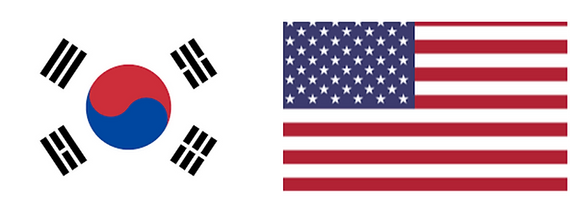Korean American Ethnic Studies

About Course
On this webpage, you will find Korean American Ethnic Studies (KAES) teaching resource materials. KAES lessons have been categorized in chronological order from the Korean Diaspora & Early Korean Immigrants to Korean Americans in the 21st Century. We have aligned our KAES lessons with various California state-adopted content standards since ethnic studies is an interdisciplinary curriculum. We have included a teacher guide, up to three lesson activities, assessment tools, extension/follow-up activities, and additional resources for in-depth exploration of each lesson and for easier implementation of these lessons.
Please note that these teaching materials are just the beginning of our work and are not representative of all Korean American experiences. More Korean American Ethnic Studies lessons should be developed, and teacher training should be carried out as well. For this to happen, many educators, as well as people who are interested in Korean American studies, must work together for years to come. If you know any other Korean American heroes and pioneers whose accomplishments will inspire our K-12 students with unique learning outcomes, please feel free to share their stories with us. Our profound presence and contributions deserve to be passed on to all Americans and our future generations
(Source: G. Cho & V. Costa (2022). Korean American Ethnic Studies curriculum: Teaching Resource Materials for K-12 Classrooms. Consulate General of the Republic of Korea in Los Angeles.)
Course Content
Lesson 1: The Korean Diaspora and Korean Americans
-
00:00
-
00:00
-
00:00
-
00:00
-
00:00
-
00:00
-
00:00
Lesson 2: The First Koreatown and the Legacy of Dosan Ahn Chang Ho
Lesson 3: Immigrant Experiences of Korean Americans: The Sammy Lee Story
Lesson 4: The Korean Independence Movement and Korean American Identity in the U.S.
Lesson 5: Colonel Young Oak Kim: Hero and Humanitarian
Lesson 6: Aftermath of the Korean War and Korean Transnational Adoptions
Lesson 7: Saigu and Social Justice
Lesson 8: Korean Americans in the 21st Century
Student Ratings & Reviews


